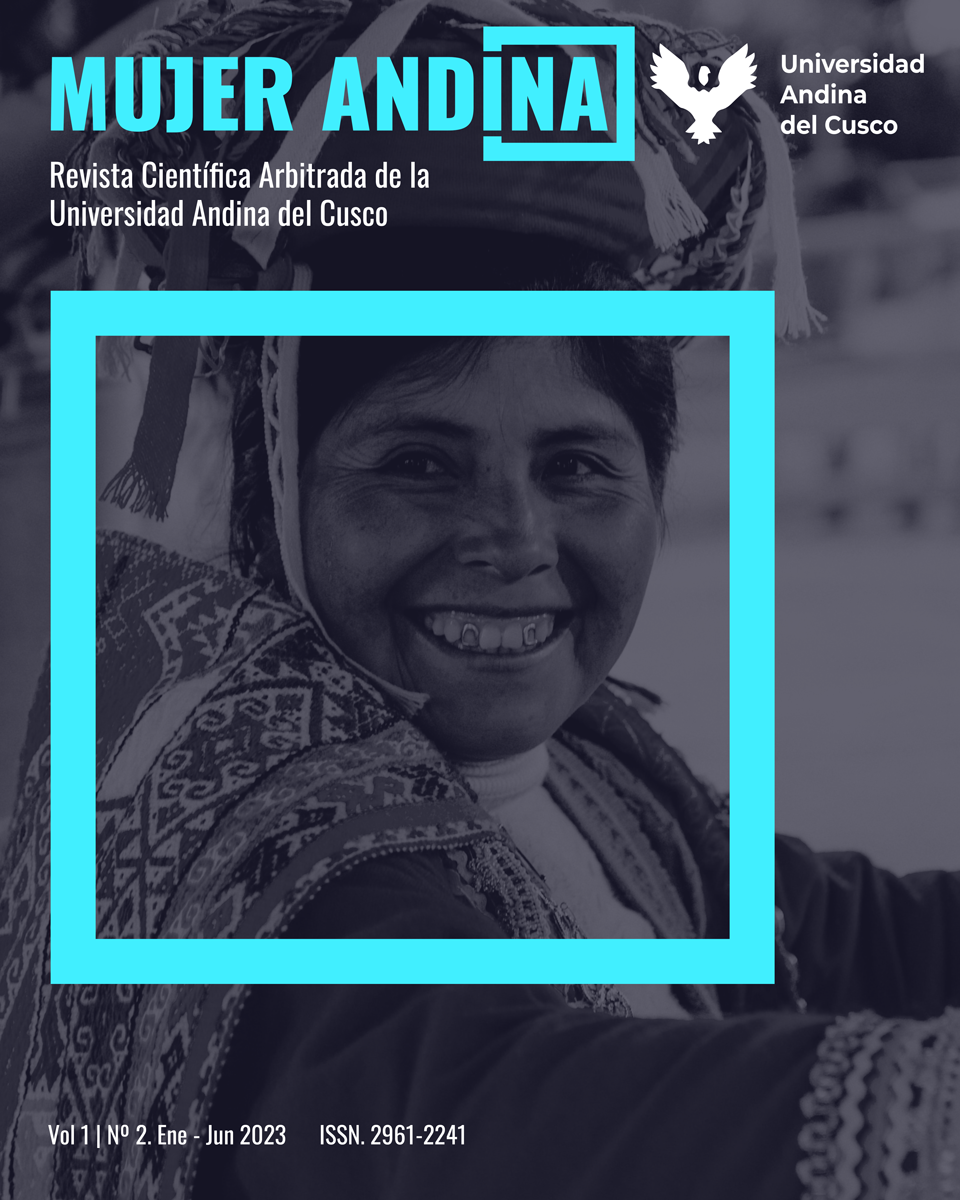Plurinational State, racism and mestizo rebellion in Bolivia
DOI:
https://doi.org/10.36881/ma.v1i2.721Keywords:
racism, mestizaje, Plurinational StateAbstract
This article provides an explanation to the violent regrowth of racism that occurs in Bolivia since the installation of the Constituent Assembly in 2007. I maintain that this phenomenon responds to a crisis of miscegenation as a unifying cultural project of the Bolivian nation proposed by the mestizo bourgeoisie, whose hegemony has entered into crisis. The mestizo project has been contested by the plurinational state project, proposed by the indigenous sectors. The reaction of the bourgeoisie, both in the face of its crisis has been racist. This racism has turned the indigenous body in illegitimate through its bestalization. This supposes an accumulative process of social construction of the life of the other as expenditable, this has derived in to a necropolitics that, through massacre, turns the other into a killable body. This article was made based on a set of interviews conducted in two different periods: 2008 and 2023, two emblematic moments of racism regrowths, I also used the analysis of discourse and photographs about racism that circulate on the Internet was also used.
Downloads
References
Agamben, G. (2002). Homo Sacer II. Estado de Excepción. Editorial Nacional.
Alem, R. (2007). Nunca Más. Cochabamba 11 de enero 2007 (video). https://www.youtube.com/watch?v=9r2WBTgmUQE
Anderson, B. (2021). Comunidades imaginadas. Fondo de Cultura Económica.
Artes Andes Américas (2008) Humillados y Ofendidos. https://www.youtube.com/watch?v=my_dfXXaLTI&t=205s
Bourdieu, P. (1971). La distinción. Taurus
Bourdieu, P. (2008). ¿Qué Significa hablar? Akal.
Defensoría del Pueblo (2009) Informe defensorial sobre la Masacre de Pando. La Paz. Defensoría del Pueblo.
Demelas, D. (1981). “Darwinismo social a la criolla. Bolivia 1880-1910”. Historia boliviana ½
Díaz-Polanco, H, (2010). Elogio de la Diversidad. Globalización, multiculturalismo y etnofagia. Editores Siglo XXI.
Espósito, C. (2008). El Rumor para la construcción social del enemigo Interno. Revista Observando el Racismo. Racismo y Regionalismo en el proceso constituyente. Agenda defensorial No 11 del Defensor del Pueblo, 37-54. file:///C:/Users/eximi/Downloads/Observando_el_racismo.pdf
Espósito, C. (2010) “El 11 de enero en Cochabamba. Apuntes para explicar los significados de la violencia racista. Villa Libre. (6), 7-25. https://cedib.org/wp-content/uploads/2013/05/VL6apuntes_para_explicar_los_significados_dela_violenciaracista.pdf
Fabian, J. (2002). The Time and The Other. Columbia Univertisty Press.
Fanon, F. (1983). Los condenados de la Tierra. Mexico Siglo XXI.
Ferreira, R. (2023). Las logias en santa Cruz. Segunda parte (1994-2010). Santa Cruz, El País.
GIEI Bolivia (2021). Informe sobre los hechos de violencia y vulneración de los derechos humanos ocurridos entre el 1 de septiembre y el 31 de diciembre 2019. Washington CIDH.
Gramsci, A. (1999). Cuadernos de la cárcel Tomo 4. Ediciones ERA BUAP
Hale, C. (2007). ¿Puede el multiculturalismo ser una amenaza? Gobernanza, derechos culturales y política de la identidad en Guatemala. En M. Lagos y P. Calla (Compiladoras) Antropología del Estado. Dominación y prácticas contestatarias en América Latina. INDH/PNUD, pp. 285-346. https://www.bivica.org/files/antropologia-Estado.pdf
Hurtado, J. (2017). El Katarismo. La Paz. Biblioteca del Bicentenario de Bolivia.
La Razón (2020). Cívico cruceño se ratifica en llamar ‘bestias’ a bloqueadores. 12/10/2020 https://www.la-razon.com/nacional/2020/08/12/civico-cruceno-se-ratifica-en-llamar-bestias-a-bloqueadores/
La Razón (2021). Porvenir: una masacre que arrastra 13 años de impunidad. https://www.la-razon.com//amp/s/www.la-razon.com/nacional/2021/09/11/porvenir-una-macre-que-arrastra-13-años-de-impunidad/%3famp
Mbembe Achille (2018). Políticas de la enemistad. Ned editores, España.
Orellana, L. (2020). La caída de Evo Morales, la reacción mestiza y el ascenso de la gente bien al poder. Universidad Mayor de San Simón. https://biblioteca-repositorio.clacso.edu.ar/bitstream/CLACSO/3447/1/La-caida-de-Evo-Morales.pdf Rivera, S. (2010a). Violencias (re) encubiertas en Bolivia. Editorial Piedra Rota. http://www.ceapedi.com.ar/imagenes/biblioteca/libreria/295.pdf
Pagina Siete (2020). Añez dice que se debe evitar que retornen los "salvajes" al poder. https://www.paginasiete.bo/nacional/anez-dice-que-se-debe-evitar-que-retornen-los-quot-salvajesquot-al-poder-AFPS242435
Rivera, S. (1984). Oprimidos pero no vencidos. ISBOL.
Rivera, S. (1993). Violencias encubiertas en Bolivia. Piedra rota.
Sanjinés, J. (2005). El espejismo del mestizaje. La Paz: IFEA, Embajada de Francia y PIEB.
Soruco, X. (2009). Estado Plurinacional-pueblo, una construcción inédita en Bolivia. Observatorio Social de América Latina, X(26), 19-34. https://biblioteca-repositorio.clacso.edu.ar/bitstream/CLACSO/13890/1/osal26.pdf
Tapia, L. (2007). “Una reflexión sobre la idea de Estado plurinacional” en OSAL. CLACSO.
Tapia, L. (2008). La Política Salvaje. Consejo Latinoamericano de Ciencias Sociales. CLACSO.
Trouillot, M. (2011). Transformaciones Globales, Cap. I y II. Universidad del Cauca, Popayán.
Williams, R. (2000). Marxismo y Literatura. Colección Socialismo y Libertad. https://elsudamericano.files.wordpress.com/2020/07/222.marxismo-y-literatura-raymond-williams.pdf
Published
How to Cite
Issue
Section
License

This work is licensed under a Creative Commons Attribution 4.0 International License.
The content of the publications is the responsibility of the authors. The journal allows authors to maintain copyright on published articles and documents. The license used is Commons Attribution-NonCommercial International License. CC BY NC

















